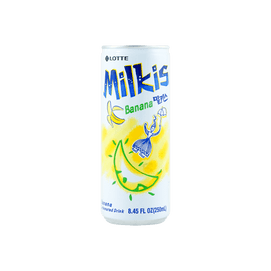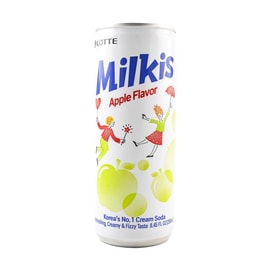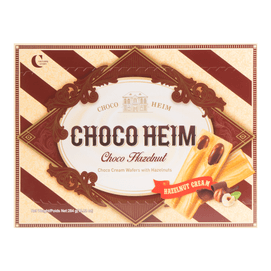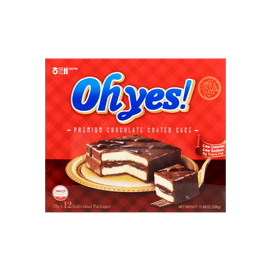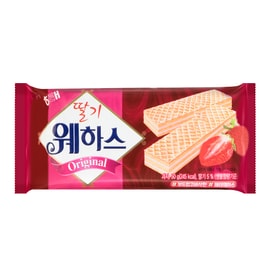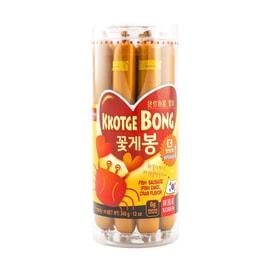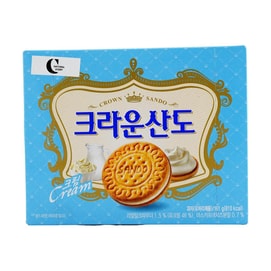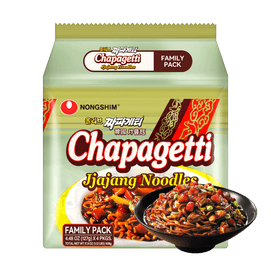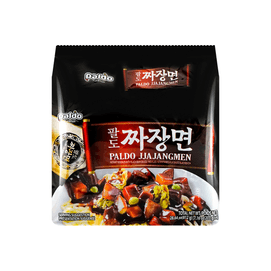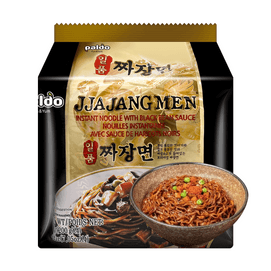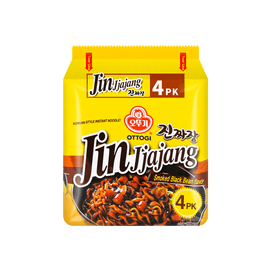Eating Like You’re the Star of a Korean Drama
Skip to ContentYou’ve Recently Viewed
{{ item.rank.category_name }} {{ $isZh ? ' ' + item.rank.rank_name +' No.'+ item.rank.rank_num : '#'+item.rank.rank_num + ' ' + item.rank.rank_name }} {{ item.rank.category_name }}
{{ currency }}{{ priceFormat(item.price.shop_price) }} {{ currency }}{{ priceFormat(item.price.del_price) }}
Sold Out

Eating Like You’re the Star of a Korean Drama
Foodies and fans of Korean drama alike are becoming newly obsessed with Korean cuisine after watching the supremely popular drama Let's Eat. This sultry celebration of Korea's finest dishes follows four singles as they explore Korea's vibrant and, dare we say, sexy food scene.
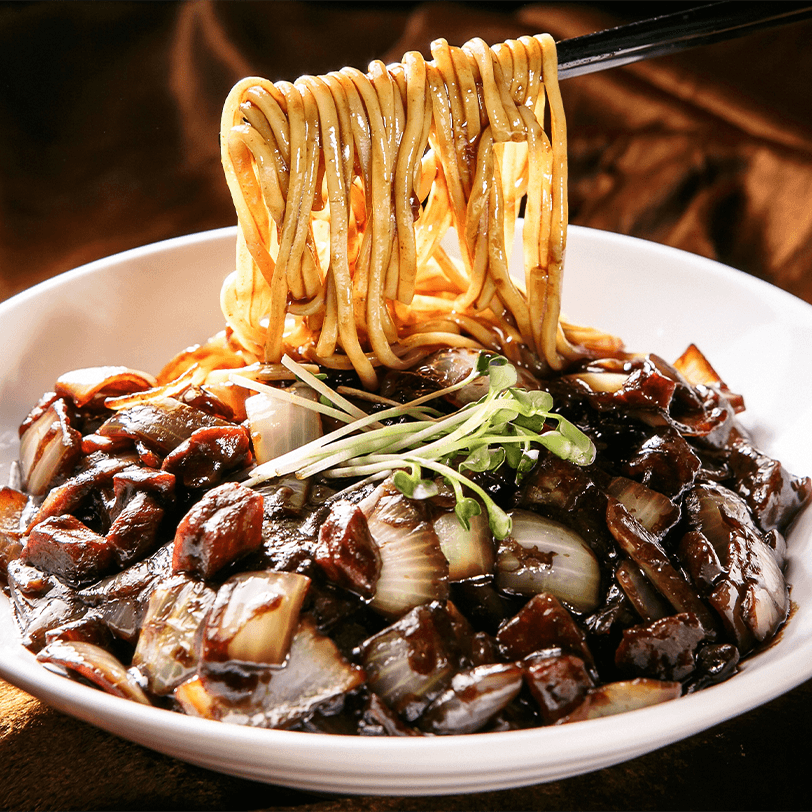
On Moving Day You Have to Eat Black Noodles 🍜
In Episode One of Let’s Eat, the noodle dish Jajangmyeon (자장면)--also called jjajangmyeon (짜장면)--takes center stage.
- Although this savory dish has its roots in Chinese cuisine, it is uniquely Korean. At the base of this lush dish is a thick wheat noodle similar to and often called udon (or “udong” in the Korean vernacular), although ramen can also be used as a base. The dish is covered with a savory bean sauce (the jajang) and then it is usually topped with diced pork and savory vegetables.
- Every family and local restaurant has its own recipe, and some substitute different meats or veggies for the pork. The commonality among all dishes is the slightly savory, slightly sweet bean sauce. Despite its dark, earthy appearance, jajang sauce is distinctly different from the more commonly known Chinese black bean sauce and the two should not be used as a substitute for one another.

Sensual, Spicy Tteokbokki 🌶️
Korea’s rice cake stew is the true star of Let’s Eat Episode 4.
- Korea’s signature rice cake stew, tteokbokki (떡볶이) is a little sweet and a little spicy with plenty of vegetables to soak up all the intense flavors. Again, recipes vary but the item that defines this dish is the tteok, or cylinder-shaped, chewy white rice cakes.
- Tteok are similar in consistency to Japanese mochi, although mochi is usually made from glutinous rice and tteok generally is not. The rice cakes are simmered in a spicy sauce (gochujang) with additional favorites added to each person’s taste. The most common tteokbokki ingredients are noodles, green onions, hard-boiled eggs, and in some cases, fishcakes (어묵).
- Because tteokbokki can be a labor-intensive process to make at home, instant products are a popular alternative to the homemade experience.
- If you can’t decide between black bean noodles and rice cake stew, be sure to check out our jajangmyeon/tteokbokki hybrid.
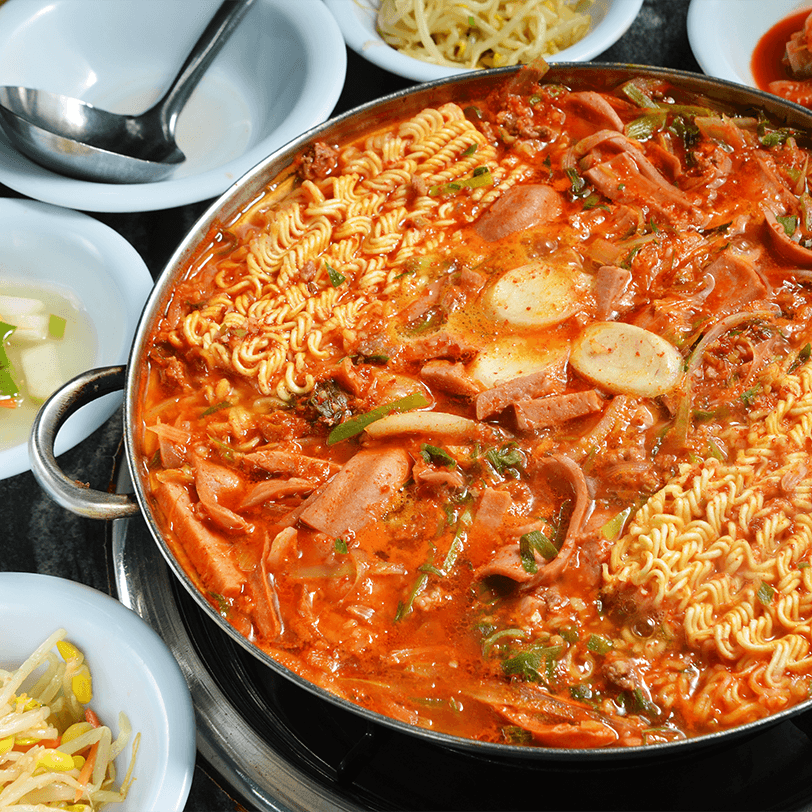
Steamy Budae Jjigae 🍲
Seventy years later, steamy budae jjigae is still going strong as we see in Let’s Eat Episode 15.
- The only-in-Korea Budae Jjigae (부대찌개) stew has been a highly sought-after meal for more than 70 years. Also known as Army Base Stew, Budae Jjigae first gained popularity at the end of the Korean War.
- During that time, when resources were scarce, many households would incorporate surplus items from Army bases into their traditional spicy noodle creations. Ingredients vary significantly but usually include some form of American processed food, such as Spam, hot dogs, canned beans and even American cheese slices.
- For readers who are fans of the 1970s television show, M*A*S*H, the name Uiejongbu should sound familiar. The military base located there is credited as the source of Budae Jjigae, and today the city of Uijeongu even has a Budae Jjigae Street, featuring more than 20 vendors serving Army Base Stew.

Milky White Seolleongtang is So Good For You 🥛
Surprisingly mild, this ox bone stew is traditionally made by boiling ox bones for hours.
- In the Season 2 remake of Let’s Eat, the development of the plot through culinary experiences continues. In Episode 15, the star dish is Seolleongtang (설렁탕).
- Frequently called Oxbone Stew, Seolleongtang can also be made by boiling beef parts like the head, marrow, or other scraps.
- The result is a distinctive milky white broth that is said to be good for your health.
- As Korean dishes go, this has a surprisingly mild flavor but it can always be augmented tableside, with common toppings including coarse salt and pepper, green onions and kkakdugi (깍두기) radish kimchi.
- A similar stew is gomtang, a clear broth made by boiling beef brisket for hours.

Download the Yami App
Feedback




























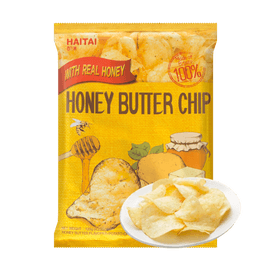



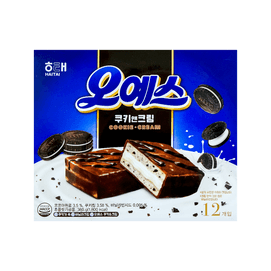
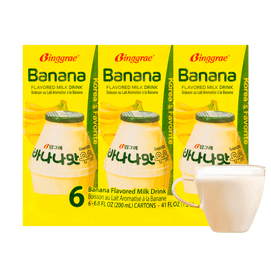

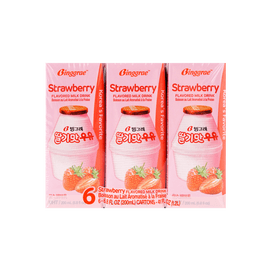



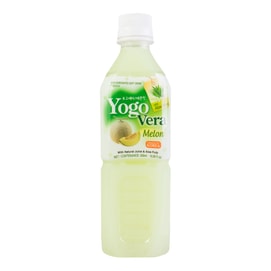

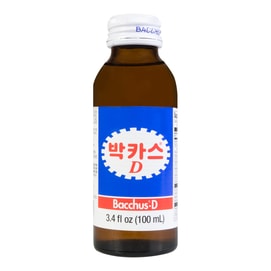



 Choice
Choice


